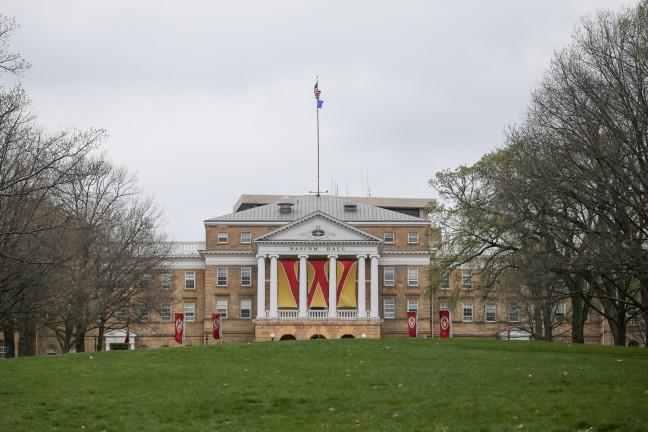As the University of Wisconsin System honors two faculty members of color from UW with the Outstanding Women of Color in Education award, the campus still faces towering faculty diversity hurdles.
UW is facing difficulties with large budget cuts and changes to faculty tenure — but other pressing issues plague a campus where, in 2014, fewer than one in five faculty were nonwhite, and only seven percent were nonwhite or Asian.
Mariana Pacheco, a professor in the UW School of Education, said minority faculty groups at UW do not reflect the ethnic and racial composition of the United States or the surrounding local area, which she finds troubling.
In 2013, there were 21,727 faculty and staff at UW. Within that, 17,389 were white or unknown, 527 were black, 2,695 were Asian or Pacific Islander, 86 were American Indian, 853 were Hispanic and 177 were of two or more more races.
In 2014, there were only 58 black faculty members out of 2,220.
Due to these lower numbers of faculty members of color, some faculty members that are in smaller minority groups feel as if they face more challenges and additional work than some other faculty at UW, said Earlise Ward, a psychology professor in the School of Nursing.
Ward said she sometimes takes on additional responsibilities, offering mentoring and guidance to students of color not involved in the psychology department or the School of Nursing.
“They seek me out because there are so few of us,” Ward said.
The lack of diverse faculty on campus makes it more difficult to meet the needs of some students of color on campus, Pacheco said.
But Pacheco said faculty members who take on extra initiatives to help students are not necessarily rewarded. It’s always seen as something done on the side or because they are a “nice person,” she said.
In fact, studies conducted at the Women in Science and Engineering Leadership Institute or WISELI have shown women, and more specifically female faculty of color, feel much of their work is not recognized or valued, WISELI director Jennifer Sheridan said.
A climate survey also revealed there was only a slight increase in the level of happiness for women working in their departments and there was actually a decrease for faculty of color working in theirs, Sheridan said.
“Climate is something you especially have to watch … It can be really disconcerting when you see decreases like that,” Sheridan said.
Ward said if the number of faculty of color were increased, the university could focus more on creating a sense of community where faculty members and staff feel they belong and are valued.
In order to create a more diverse faculty at UW, departments looking to hire new faculty members are advised and aided in spanning their job advertisements to reach a broad spectrum of potential applicants that meet their qualifications and skill requirements, Assistant Vice Provost for the Office of Equity and Diversity Luis Piñero said.
The more diverse the pool of applicants for a certain position, the more likely someone from a different background may be hired, he said.
But Piñero said while it is important to have a diverse and unique pool of job applicants, it is also important to remember that faculty members are only hired if they meet the qualifications and skills departments are looking to fill certain positions.
“There can be some confusion because sometimes people believe that affirmative action is about hiring people just because they are women or they are black or Hispanic, and the answer is no,” Piñero said. “The hiring has to be based off of the qualifications of the applicant and to do anything other than that is illegal.”
But the problem might not be solved even if UW broadens its pool of applicants, as those who are hiring could still have implicit biases and assumptions that could be an obstacle for minority applicants, Piñero said.
These biases can affect how people hiring at UW read résumés, Sheridan said. Studies have shown if both black and white names are in a pool of résumés, the white names will get more call backs even though they may have the exact same credentials.
In order to help prevent these types of biases and others, WISELI runs workshops about preventing bias during the hiring processes. Some colleges send hiring committees to attend while deans and other faculty may encourage people who are on search committees to attend the workshops as well. On a normal hiring year, about 90 or so faculty attend, Sheridan said.
The workshops share advice based off of evidence from studies and research, she said.
But Pacheco said on top of reforming UW’s hiring process, minority faculty and staff need support to help them stay and succeed.
“We come from historically underrepresented groups, so we don’t have that history of mentorship or guidance,” she said. “We don’t have social and cultural capital to know how to navigate academia at this level and we don’t have the network necessarily.”
Then when faculty have committed to staying here, it’s a whole other issue to help them be successful at UW, Pacheco said.
Piñero said working with faculty and helping address these issues and questions can be frustrating. But he said it is also an opportunity to help others and work with the university to make progress and create an environment that will support excellence.


